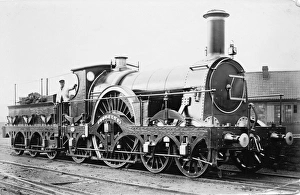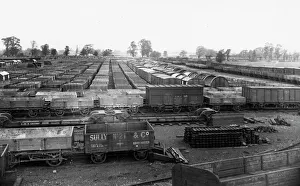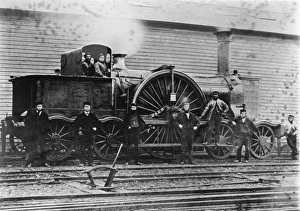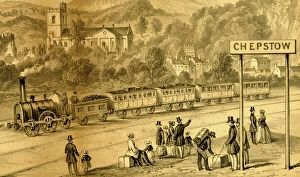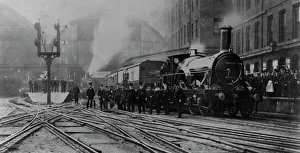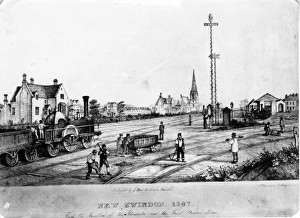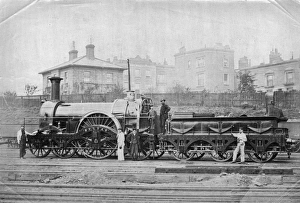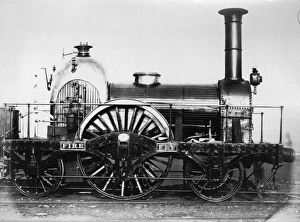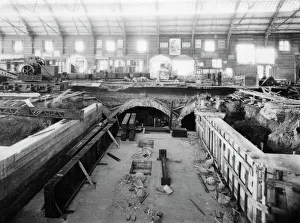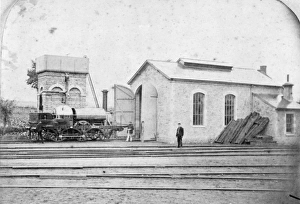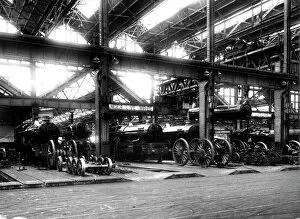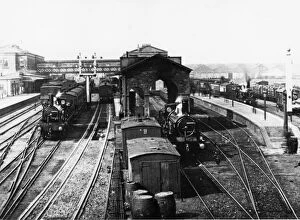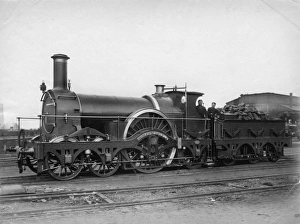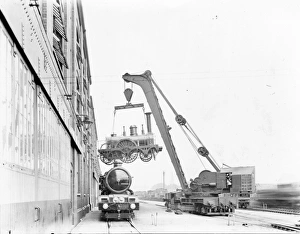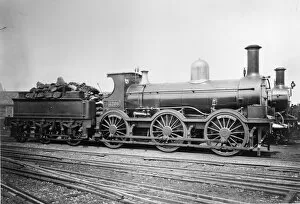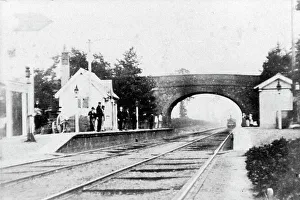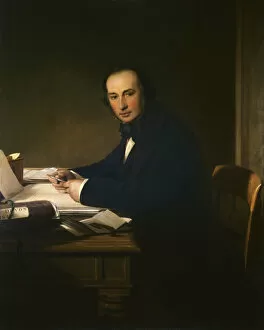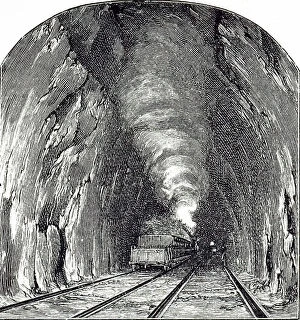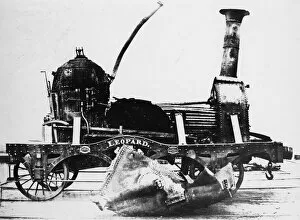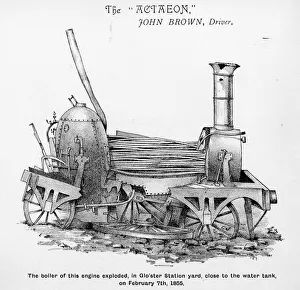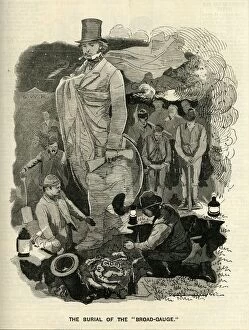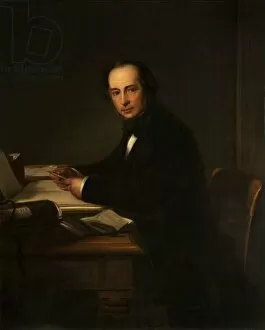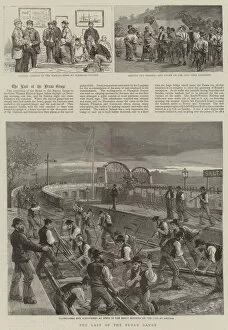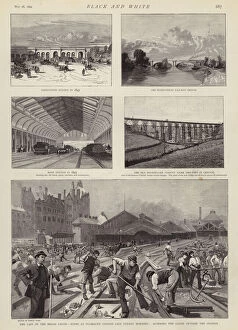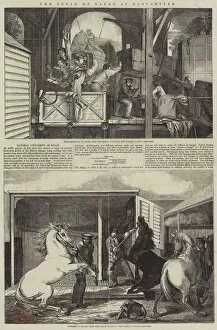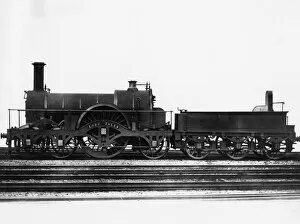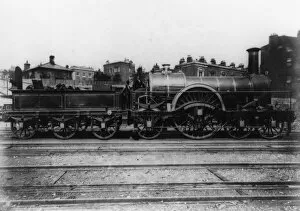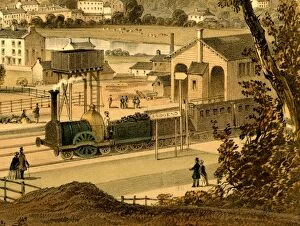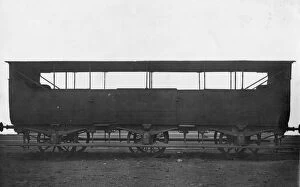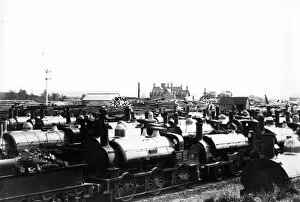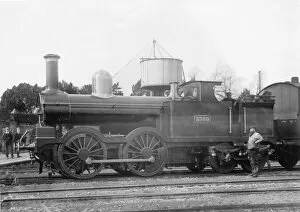Broad Gauge Collection
The broad gauge revolutionized the railway industry in the mid-19th century, and these captivating images provide a glimpse into its fascinating history
All Professionally Made to Order for Quick Shipping
The broad gauge revolutionized the railway industry in the mid-19th century, and these captivating images provide a glimpse into its fascinating history. In this close-up view of a broad gauge train at Chepstow Station circa 1850, we witness the sheer magnitude and power of these locomotives. The Bulkeley, Fire Fly, Sultan - names that evoke a sense of grandeur and adventure. Swindon Works Broad Gauge Wagon Dump in 1892 showcases the scale of operations required to keep these mighty machines running smoothly, and is an awe-inspiring sight as rows upon rows of wagons stand tall, ready for their next journey. The Bristol & Exeter Railway Broad Gauge Locomotive captures the elegance and sophistication that defined this era. Its sleek design exudes both strength and grace as it glides along the tracks with effortless precision. As we bid farewell to the last broad gauge train leaving Paddington Station on May 20th, 1892, we cannot help but feel a tinge of nostalgia for an era coming to an end. The significance of this momentous occasion is palpable as history transitions towards standardization. Broad Gauge Locomotive Aries outside Faringdon Engine Shed around 1865 offers us a glimpse into daily life behind-the-scenes. We can almost hear the clanking sounds echoing through time as workers tirelessly maintain these magnificent beasts. Bristol Temple Meads station alterations in 1934 mark yet another chapter in broad gauge's evolution. As technology advances, so does our need to adapt infrastructure accordingly - progress marching forward hand-in-hand with tradition. New Swindon in 1847 presents us with a snapshot from early days when innovation was transforming landscapes across Britain. This bustling town became synonymous with engineering excellence thanks to its association with Isambard Kingdom Brunel's Great Western Railway.

